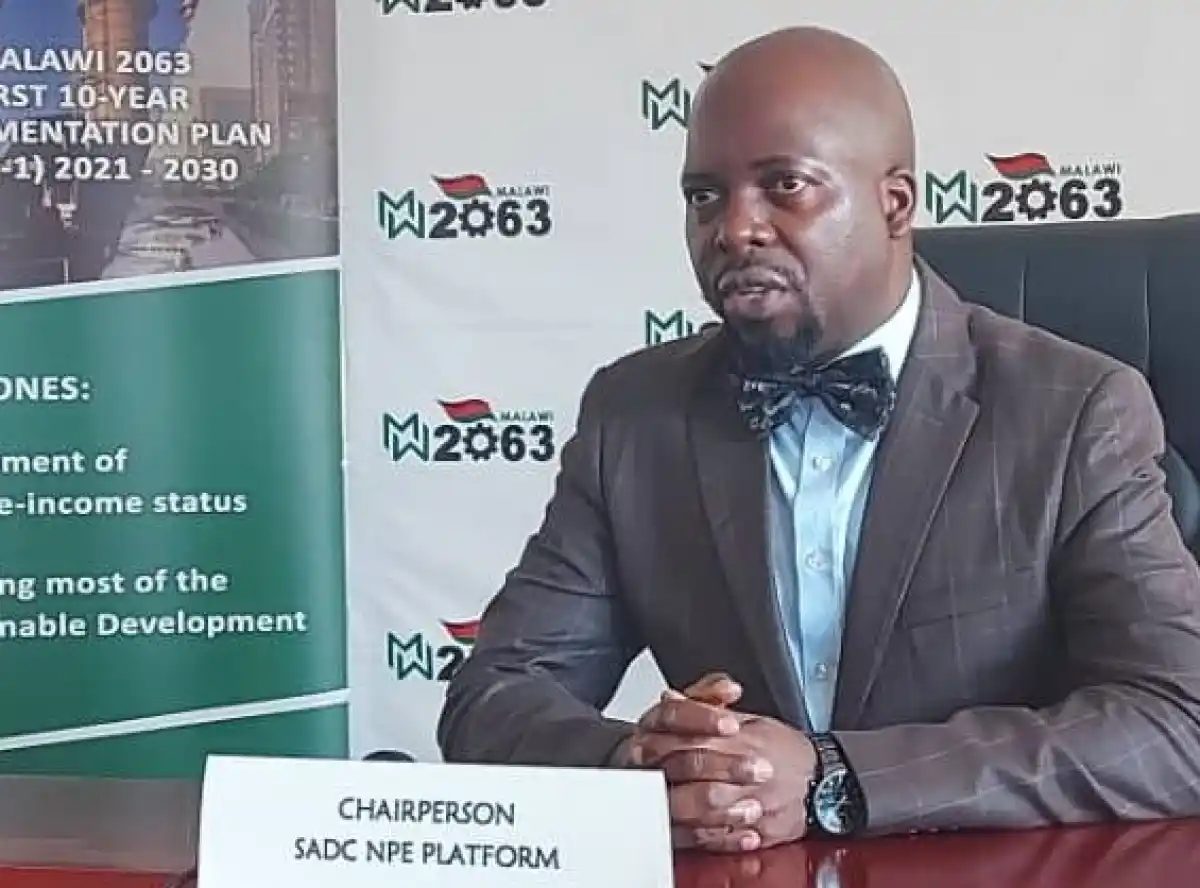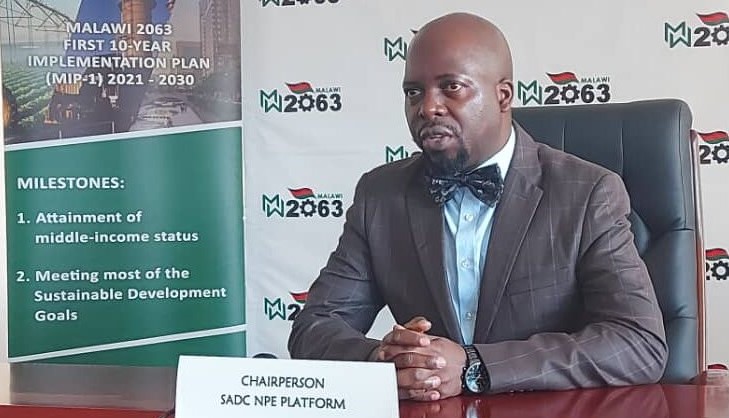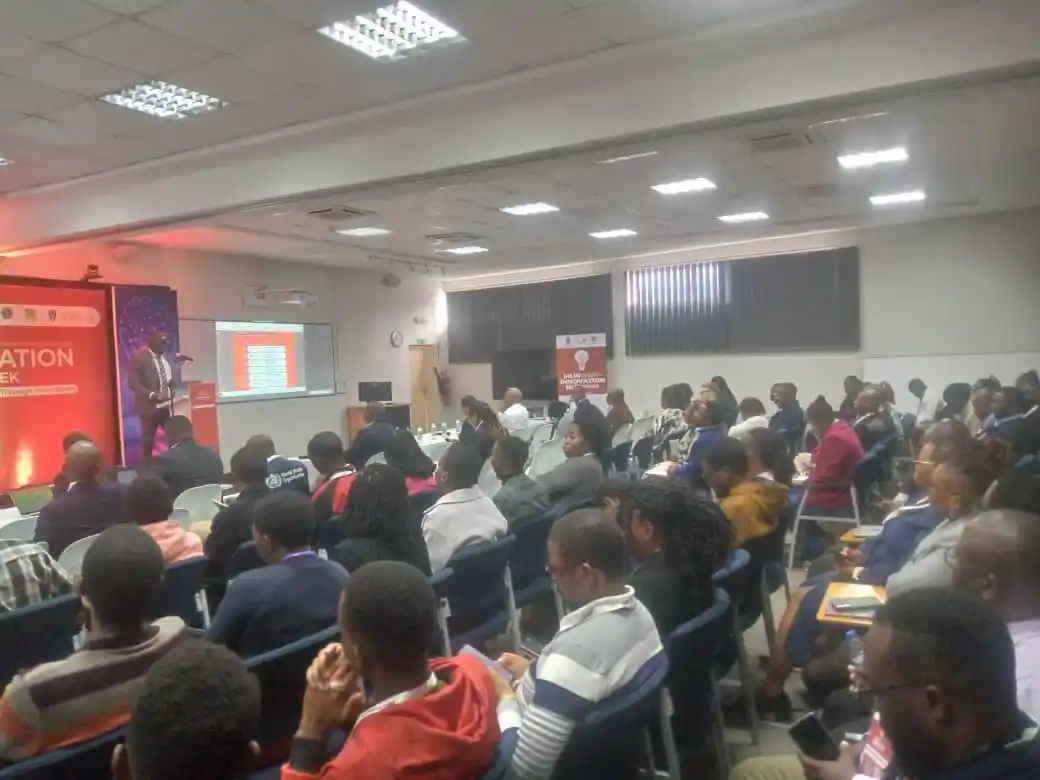
What emerged as the birth of an industrial revolution in the southern African new republic in 1964, lost steam and got stuck in economic stagnation.
And now, 60 years after independence, Malawi is back to where it started from, a net importing agrarian country reeling from poverty with subdued economic growth rates that are yet to have a positive dent.
The World Bank estimates that 72 percent of the country’s population below the international poverty line of $ 2.15 a day, thanks to the 23 percent annual inflation projected in the year.

“The prevalence of poverty remains high, with rates exceeding 70 percent, one of the highest in the world. The continued high rate of poverty is exacerbated by a sluggish economic recovery and persistent food shortages following a series of weather shocks, high susceptibility to fluctuations in food prices and on-going rapid population growth,” that is how the World Bank summarises Malawi’s economic status.
However, the story of Malawi started on a good note after independence in 1964. The economy through to 1979 registered impressive growth, according to the Malawi Poverty Reduction Strategy Paper of 2002.
During this period, real output growth, mainly spurred by the agricultural sector, averaged 6.7 percent.
“However, the benefits of this growth were poorly distributed, as growth was narrowly based on estate agriculture,” reads the paper.
Starting from 1979, Malawi suffered from a series of exogenous shocks, including high import costs due to rise in oil price, disruptions in trade routes because of the Mozambique conflict, the influx of refugees from that country and droughts that disrupted the pattern of growth.
Another paper called ‘Drivers of Change and Development in Malawi’ by the UK’s Overseas Development Institute says the country’s socio-economic development since 1964 is seen as falling into three phases.
It says the first was characterised by a rapid economic growth, but was based on a highly dualistic development policy that was unsustainable in the long run.
The second was a phase of economic liberalisation initiated by the International Monetary Fund and the World Bank through Structural Adjustment Policies that were not successful in addressing underlying structural problems and did not avert a decline in per capita incomes.
The third phase was characterised by frequent crises and a steep decline in most development indicators.
In 1998, the country launched its first long-term development strategy called Vision 2020 which outlined among them good governance, sustainable economic growth and development, vibrant culture, economic infrastructure, social sector development.
The 20-year development plan expired without transforming the country. Subsequent medium-term strategies: the Malawi Growth and Development Strategy (MGDS) l, ll and III were also implemented, but again with no intended results achieved.
An assessment of the Vision 2020 performance and the other MGDS was carried out to draw lessons for the formation of the current long-term development plan, the Malawi 2063 (MW2063).
Among the findings of the assessment by the National Planning Commission (NPC) was that Malawi’s medium-term development strategies demonstrated little influence on public expenditure planning.
In particular, the aspirations of Vision 2020 rarely formed the basis of resource allocative patterns.
The year 2020 brought a new hope for a better Malawi derived from the launch of the MW2063 that aspires to transform Malawi into an industrialised, wealthy and self-reliant upper middle income nation by 2063.
The first step to those aspirations is the medium-term goal to become a lower middle income economy by 2030, which is six years away, and the strategy leans on three pillars: agricultural productivity and commercialisation, industrialisation and urbanisation.
Three years after the launch of MW2063 First 10-Year Implementation Plan (MIP-1), similar red flags have been raised already with the mismatch between the MIP-1 and the national budget that is supposed to finance catalytic projects and programmes.
NPC director general Thomas Chataghalala Munthali, told Parliamentary Committee on Budget and Finance in June that projections, at the pace the country was implementing the MIP-1, show a 15-year drag to achieve the 2030 aspirations, unless the economy grew by 10 percent annually in the remaining six years.
Sadly, the country’s annual average growth in the past three years has been 1.5 percent, with a recovery growth expected in 2025 at 4.3 percent from just 2.3 this year..








0 Comments